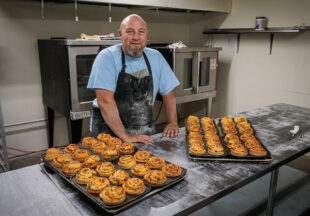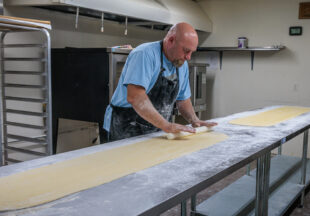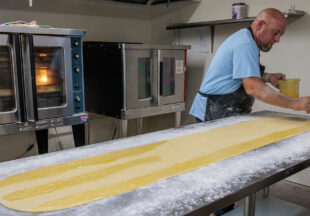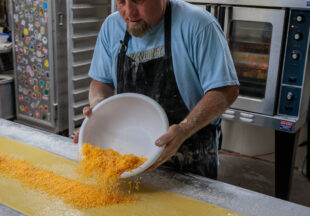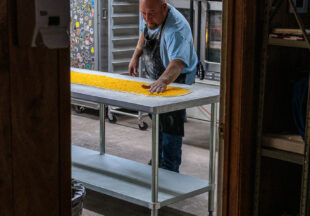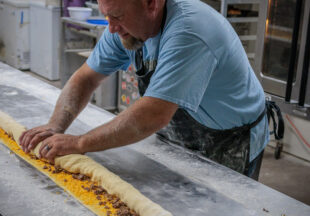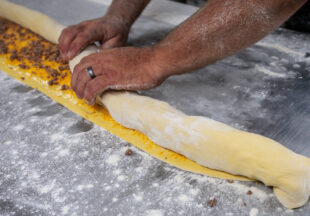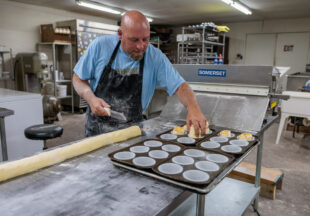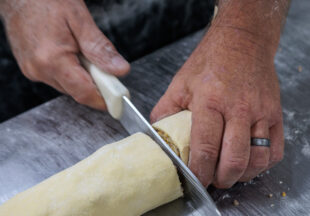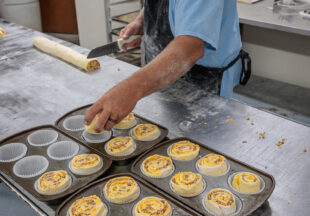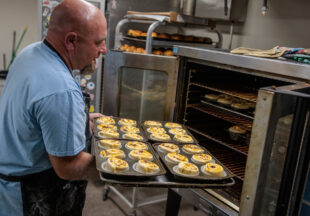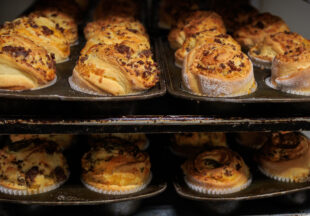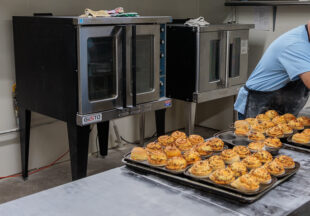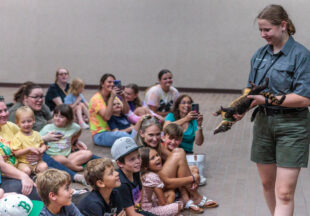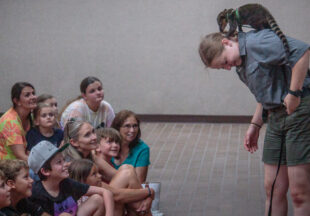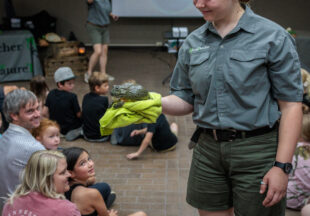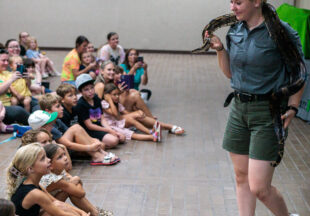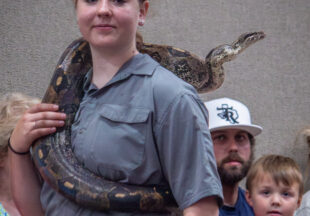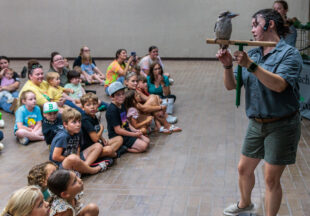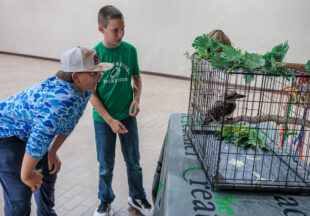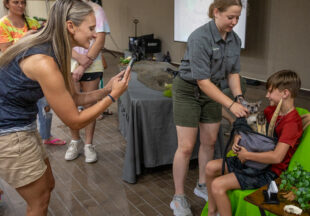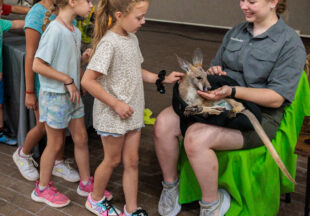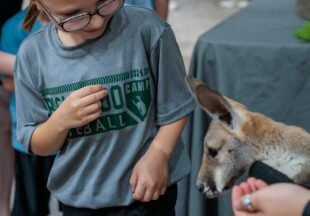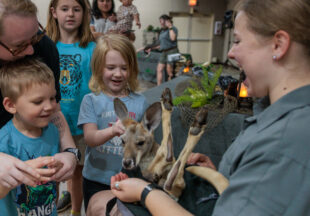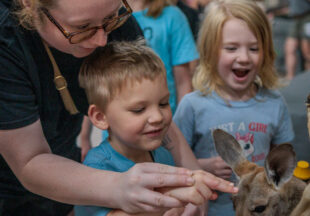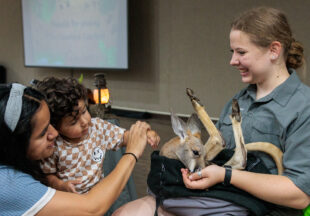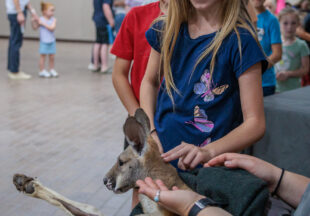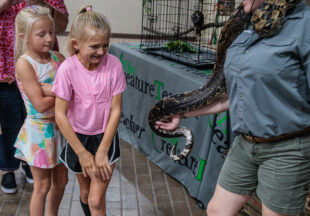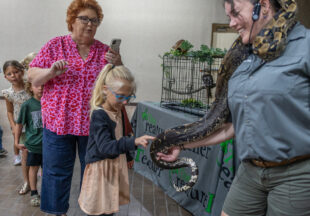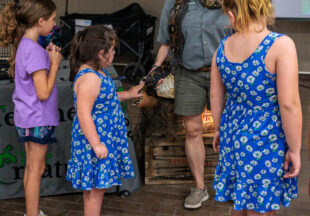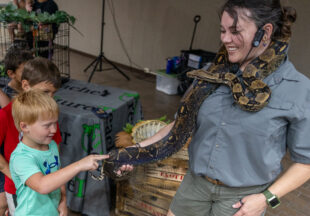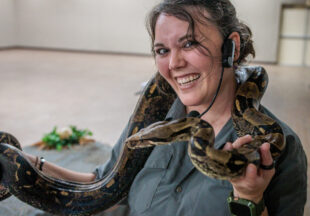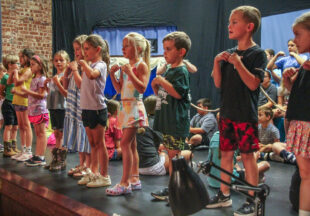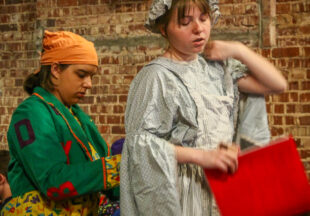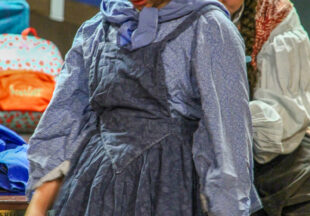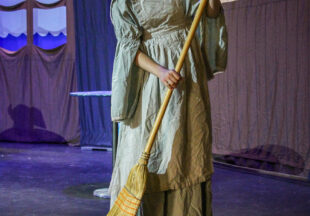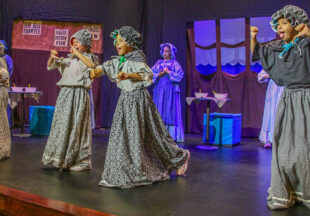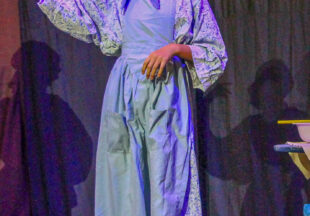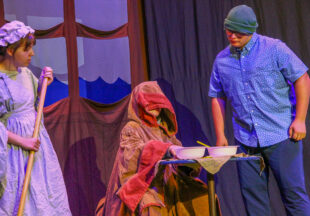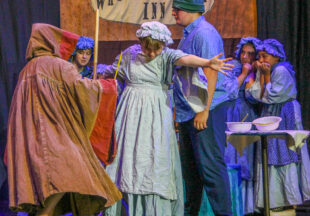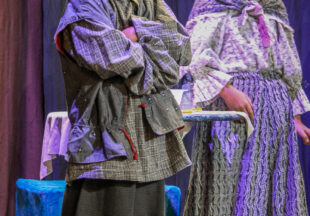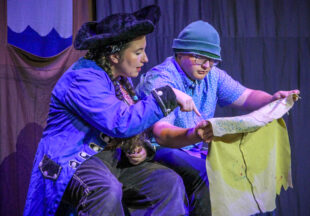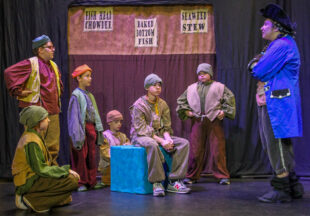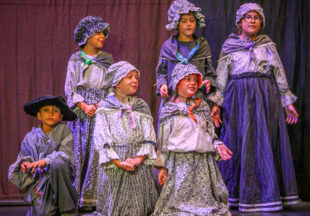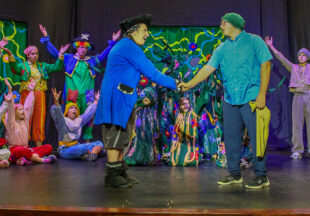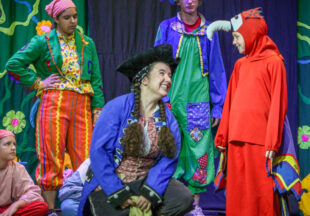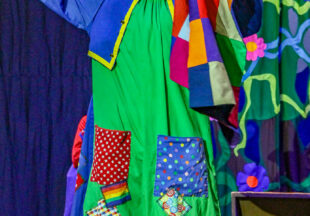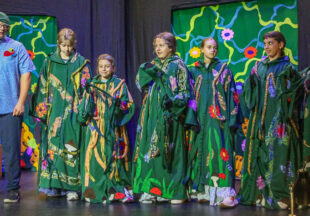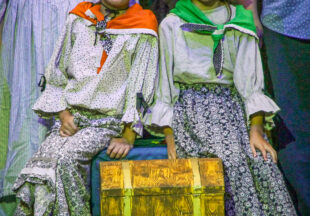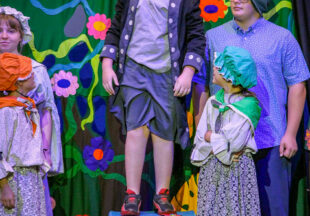Stephens County Chronicles: Rural schools of Stephens County

By Jean Hayworth/Breckenridge Texan
Throughout the historic pioneer era of Stephens County, 100 or more rural schools were scattered across the county.
Historically, wherever there was a gathering of pioneer families, one of the first buildings constructed was a log cabin for a school. The seating was pretty rough with split logs and no desks. The log house also was used for church on Sunday and Wednesday evenings and as a community gathering place for various functions such as an ice cream social or a Spelling Bee by the students.
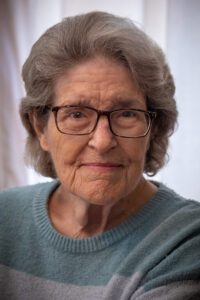
Jean Hayworth
According to the book “Stephens County: Much to Be Cherished,” a lack of roads and good transportation was the reason for the large number of schools in Stephens County. The students could not travel to the schools, so the schools needed to be built near the students.
Although some of the schools were in places that are still known today, such as Caddo, Wayland, Eolian, Crystal Falls and Gunsight, other schools were in communities that have disappeared from the map. Some of those long-gone schools include Bear Branch School, Pecan School, Yellow Ford School, King Creek School and others.
A map of Stephens County in one of the display cases at the Swenson Memorial Museum shows where many of the schools were located. The museum’s second floor has a rural classroom display, which has some of the typical desks the students used and many books, including a sizable collection of early textbooks used in the rural classrooms. The books came from the county’s larger schools at Picketville, Caddo and Parks Camp. The McGuffy Reader and the Blue Speller, are examples of the early books used in the rural classroom.
Many times, there was just one book to be passed around to the students or read by the teacher. Students also memorized a wide selection of poetry by such writers as Longfellow, Tennyson and Twain. Much of the early classwork for the younger students and lengthy poetry by the older students was memorized and recited in the classroom. I can still remember reciting the first line of the poem “Evangeline” – “Under the spreading chestnut tree the village smithy stood,” recited in my two-room rural classroom in the late 1940s, in Pennsylvania.

The Swenson Memorial Museum’s Rural Classroom exhibit includes a variety of photos of Stephens County students throughout the county’s history. (Photo courtesy of the Swenson Memorial Museum)
I also remember the conjugation of the Latin “Amo, Amas, Amant,” which translates to “I love, he loves and they love.” In the academic track, in Pennsylvania, a student was required to take four years of Latin and two years of another language. Latin is very useful to know when trying to figure out the meaning of a root word or studying law or medicine.
In the rural classrooms, there were several grade levels and if a student finished their assignment early, they could listen and learn another lesson, such as the times tables or conjugation of verbs, etc. Sometimes, that led to a bright student being able to jump a grade if they mastered the required skills at their grade-level and then passed a comprehensive examination.
In addition to having a pot-bellied stove in the large classroom, the school campuses also had outhouses, one for the boys on one side of the school and another for the girls on the other side. Plus, a large supply of the Sears or Montgomery Ward catalogs supplied to each outhouse.
The students also competed in local Spelling Bees against other local schools and then on to the county competition. There also were plays and other student presentations performed by the students at community gatherings or picnics. Additionally, at the end of the eighth-grade, a student could take a comprehensive examination and be certified to teach. Many of those teachers taught in the rural schools throughout the county.
In those rural settings, the older boys were responsible for tending the fire in the pot-bellied stove or dipping fresh water from the nearby creek or a nearby well. Nothing was simple or easy in those early pioneer days. Students learned at an early age to contribute to the family through chores to feed animals or maybe weed the vegetable garden. The older girls helped their mothers can vegetables and fruit for the winter and, of course, learn to cook.
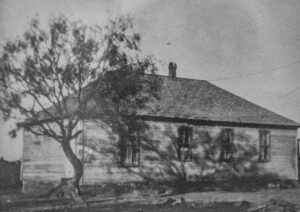
The old Pecan School in Stephens County, Texas. (Photo courtesy of the Swenson Memorial Museum)
Meanwhile, the older boys often missed some of the school year when they were required to help plant and then harvest the crops. The rural school year term varied for planting and harvesting times. The school year could be three or four months or as many as five months to work around the needs of the community during those early pioneer times.
Photographs of many of Stephens County’s rural schools are in the museum’s pioneer classroom, as well as in other displays in the museum, including the Buckaroo exhibit on the first floor. In those photos, you can see that the students were dressed in their Sunday best that day. The average person in those pioneer settings may only have had two or three outfits, and they were worn several times before they got washed. Other items were hand-washed more frequently and hung out to dry. The girls wore aprons to protect their dress. The boys and men might have had two sets of long johns each.
We take those things for granted in this more modern era, but in pioneer times, the very basics were accepted and being frugal was a measure of one’s character.
Teachers and students might enjoy this particular exhibit at the Swenson Memorial Museum, located at 116 W. Walker in downtown Breckenridge.
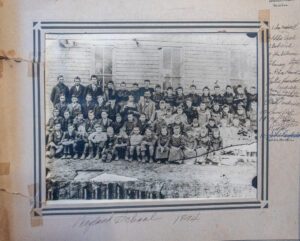
This picture of the Wayland School was taken in 1894. (Photo courtesy of the Swenson Memorial Museum)
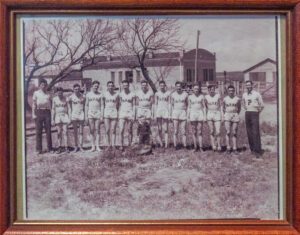
This 1937 Basil Clemons photo of the Parks School basketball team is included in the classroom display at the museum in Breckenridge. (Photo courtesy of the Swenson Memorial Museum)
Cutline, top photo: A framed copy of the 1896 Wayland Grade School is on the wall in the Swenson Memorial Museum’s Rural Classroom exhibit. (Photo courtesy of the Swenson Memorial Museum)
Editor’s Note: Stephens County Chronicles is a twice-a-month column written by long-time Breckenridge resident Jean Hayworth. Click here to read more about Jean and read her first installment of the Stephens County Chronicles.






